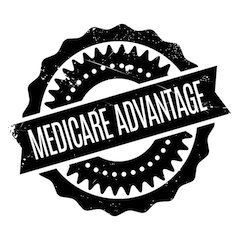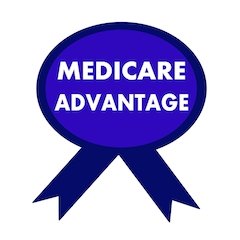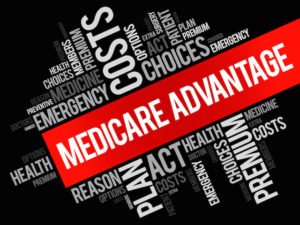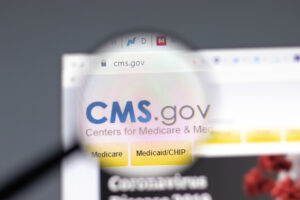Recently eHealth, Inc. (eHealth.com) released a snapshot analysis of consumer shopping behavior and average costs from the first half of Medicare’s annual open enrollment period for 2020 coverage.
Medicare’s Annual Enrollment Period began October 15 and continues through December 7, 2019.
By comparing eHealth’s data with data previously published by the Centers for Medicare and Medicaid Services (CMS), it is possible to see what Medicare beneficiaries are actually purchasing as compared with what is available to choose from in the market.
According to CMS, 24.4 million Medicare beneficiaries are expected to enroll in Medicare Advantage plans for 2020, up from 22.2 million in 2019. The average monthly premium for 2020 Medicare Advantage plans available nationwide is $23, down 14% from $26.87 in 2019. CMS reports that 90% or more of all Medicare beneficiaries in 46 states now have access to Medicare Advantage plans with a $0 monthly premium.
eHealth’s analysis of shopping trends among its Medicare customers between October 15 and November 8, 2019 found:
MA costs are down, consumers increasingly drawn to $0 plans
- $5.47 is the average monthly premium for Medicare Advantage plans selected by people enrolling in coverage with eHealth, down 43% from $9.53 in the same period last year.
- 83% of all eHealth Medicare Advantage customers selected $0 premium plans, compared to 76% from the same period last year.
Part D premiums are down year over year
- $19.76 is the average monthly premium for stand-alone Part D prescription drug plans selected by eHealth customers in the first half of open enrollment, a decrease of 15% from the same period last year ($23.34).
Medicare Supplement premiums show a modest increase
- $157.48 is the average monthly premium for Medicare Supplement plans selected by eHealth customers in the first half of open enrollment, an increase of 8% from the same period last year ($145.62).
eHealth will continue to monitor consumer behavior and plan selection patterns through the remainder of the open enrollment period and publish additional insights as they become available.
Similar to other insurance brokers, eHealth is compensated on a fixed per-member basis for Medicare Advantage and Part D plans as regulated by CMS, and on a percentage of premium basis for most Medicare Supplement plans.
About eHealth: eHealth, Inc. owns eHealth.com, a leading private online health insurance exchange where individuals, families and small businesses can compare health insurance products from brand-name insurers side by side and purchase and enroll in coverage online and over the phone.














MA costs are down, consumers increasingly drawn to $0 plans
Part D premiums are down year over year
The problem with this kind of summary is only considering premiums. Anyone that knows anything about health insurance (including Part D) realizes the REAL cost of a plan is premium PLUS your OOP.
Consumers who pick their own Rx plan typically look for lowest premium and plans that don't have a deductible. That's a rookie mistake.
Same for those who enroll in a $0 premium plan then later have their Private Benjamin moment.
I could not agree with you more. I remember how upset a domineering guy was when I should him how he was paying more on his Drugs than needed. It would have saved him a lot of money, even with a premium.
Rarely, and I do mean rarely is a $0 mapd worse than one with a premium.
Rarely, and I do mean rarely is a $0 mapd worse than one with a premium.
Is that because insurance carriers make better decisions about health care than does the patient and their doctor?
Sometimes you see a plan with $0 premium and the same company has a plan for $45 with higher copays
Sometimes the difference is in the network of doctors and hospitals You have to watch that
True, but not always the case. I know Humanas PPOs in most markets have exactly the same network unless one is a regional vs local.
Nowadays Humana tries to contract all lines with new providers so generally it's the same, but I don't think it should be assumed.
Here in NC for example, there may be some providers who contracted only with the PPO because HMO's didn't exist here at the time their contract began. Then it was realized they'd better contract with HMO's as well so it's mostly the same, but there still may be some providers who are only contracted with PPO but not HMO.
I still run into that once in a while, mostly with smaller, less-popular specialist practices.
Some providers may also resist the HMO deliberately but will go with the PPO because they perceive it as less trouble.
In my area, the $0 premium plans tend to have similar copays & similar networks. It is rare for me to sign someone up with a non-zero plan because our zero plans are good
Wasn't really meaning humanas hmo to ppo, meant from their $0 ppo to their $64 ppo or something